What Are Fermented Foods, And How Do I Add Them To My Diet?
Some of the links on this site may be affiliate links. This means, at no additional cost to you, I may be paid a small commission if you follow the links and make a purchase. Learn more here.
Have you been hearing about fermented foods and “gut health”? If you’re wondering what’s going on with all this chatter, keep reading for a basic overview of gut health, and how fermented foods can play a role in it.
Scroll down for 8 fermented foods you can add to your diet right away!

Gut Health 101
What do people mean when they talk about your “gut”? When people refer to their “gut”, it really just means their digestive tract. And believe it or not, an unhealthy gut can affect every part of our bodies.
As Hippocrates stated, “All disease begins in the gut”.
And it’s true. Around 70% of our immune system lives in our digestive tract. And while it may seem strange, our gut and brain are actually very closely connected.
Your gut sends signals to your brain about whether you need to eat more or less, among other things.
A healthy gut is full of good bacteria. Yes, there are some unwanted bacteria as well, but the good bacteria keep them in control. It’s like a garden. Everything is in balance. A few weeds don’t affect the good plants, but in an unmaintained garden, the weeds take over.
Problems with the gut
The walls of a healthy gut are made up of “tight” junctions, that only allow for nutrients to travel between it and the bloodstream.
A tight junction is like a barrier on the side of the freeway. The cars going north don’t need to interact with the cars going south.
If your gut lining is faulty, bigger particles can make their way through (this is something called increased intestinal permeability), undigested food particles and toxins will pass through the gut lining.
When this happens, inflammation can occur throughout the body. Here’s a graphic that shows a healthy tight junction and a faulty tight junction.

In a healthy gut, the only thing that’s allowed to cross the barrier is nutrients. Tiny particles.
There’s a hypothetical (unrecognized by the larger medical community) condition called leaky gut. Many nutritionists believe it’s possible to heal the gut and restore these tight junctions by changing the way we eat, so that our bodies can be restored to a non-diseased state.
The idea is: if you heal your gut, your body can return to a state of “normal” and begin to heal itself. If you can heal your digestive system, it will be easier for your gut to heal other diseases as well. Because remember, all disease begins in the gut.
What foods are the worst for gut health?
- Refined carbohydrates, sugar and processed foods all encourage the bad bacteria to grow in our gut.
- Low fiber food makes digestion harder on our bodies.
- Pollutants and chemicals in water and food add unwanted toxins to our bodies.
- Hormones from birth control or pseudo estrogens in plastics can interfere with the natural balance of hormones our bodies use to function.
What are the best foods for gut health?
- Fermented foods restore the good bacteria in the gut.
- High fiber foods aid in digestion.
- Unprocessed, whole foods provide essential nutrients to keep our bodies in balance.
Related: How I get my kids to eat 30+ fruits and veggies every day with a smile.
What are fermented foods?
Before refrigeration and modern-day canning was invented, people preserved food by a process called lacto-fermentation. Food preserved this way doesn’t need to be refrigerated, as long as there’s a cool place to store it. Back in the day, they would have used a root cellar, or large clay pots buried in the earth.
When modern-day canning was invented (around 200 years ago), it was found to be more shelf stable and easier to transport, so lacto-fermentation became less common.
The whole point of canning is to kill the bacteria that could potentially spoil the food by heating it to temperatures the bacteria can’t handle, and raising the acidity. But in destroying the bad bacteria, we also kill the beneficial bacteria that’s naturally on the food.
Benefits of fermented foods?
Fermented foods are some of the best foods for gut health. Why? Because they’re loaded with beneficial bacteria! You know those probiotic pills you see in the stores? Fermented foods are loaded with probiotics.
Fermenting food
- Is more nutritious (by making nutrients more bio-available),
- produces more digestible food than its un-fermented counterpart,
- and adds complex flavors to food without modern day processing and unhealthy ingredients.
Where to buy fermented foods?
When you’re ready to add fermented foods into your diet, you have options. You can make them from scratch, or buy them at the store. Most natural health stores carry fermented food options. And if you can’t find any in the store, Amazon or Azure Standard are online options.
For the fermented foods listed below, I’ve included a link to a recipe and a link for you to buy it online.
How to make fermented foods?
If you want to get started making fermented foods at home, the first step is get yourself a book. Find one at the library, or get this one (we have it too) on Amazon. Don’t just wing it. Be safe. It’s not difficult to ferment foods at home, but you do need to know what it should look and taste like so you don’t accidentally eat something that didn’t turn out.
Here’s the basic idea: You create an environment that kills the bad bacteria, but allows the beneficial bacteria to thrive. This looks a little different depending on what you’re fermenting.
I’ve included links to recipes for the fermented foods in the list below.
Tools needed to get started fermenting
- Mason jars or crock (doesn’t have to be anything special)
- Weights of some sort – can use ziplocks filled with water, small mason jars, or actual fermentation weights.
- Fermentation book – I highly recommend this starter fermentation book.
8 fermented foods to add to your diet today
Here’s a list of some of the best and easiest fermented foods that you can start eating right away.
1. YOGURT

Yogurt is fermented, but be careful with store bought yogurt. Stick with plain, whole fat yogurt (if you can handle dairy). And if you need to sweeten it, use honey or fruit, and do it at home. Don’t buy the pre-sweetened yogurts that line the shelves. They’re loaded with sugar.
Here’s a recipe OR buy some at Azure Standard
2. SAUERKRAUT

I didn’t start eating sauerkraut until my husband started making it. The idea of fermented cabbage just didn’t sit well in my head. I couldn’t imagine how that would taste good. But it does. It tastes so good. I eat it every morning with my veggies and fried egg. Often I’ll eat it with dinner too, on a burger, or a salad, or with roasted veggies.
Here’s a recipe OR buy on Amazon
3. KIMCHI
Kimchi is like the spicy big brother of sauerkraut. This Korean condiment is made by fermenting cabbage and chili peppers.
Here’s a recipe OR buy on Amazon
4. FERMENTED VEGETABLES
Vegetables are extremely easy to ferment. And there’s so many possibilities. Beets, carrots, asparagus, radish, green beans, cauliflower, broccoli. Seriously. So many possibilities. We’ve been enjoying fermented shredded carrots as a condiment on just about everything.
Fermented cabbage, radish, cauliflower, kohlrabi, and turnips are all great beginner options for making your own fermented vegetables.
Here’s a recipe OR here are the search results for “fermented vegetables” on Amazon.
5. KOMBUCHA

Kombucha is fermented tea. Nowadays in the stores it’s hard to miss a big shelf of kombucha bottles. You have so many flavor combinations, it’s almost overwhelming. I’ve also been to a kombucha bar where they have kombucha on tap. My favorite flavor is ginger kombucha.
Here’s a starter kit on Amazon OR buy this variety pack.
6. APPLE CIDER VINEGAR
Now you might be saying…vinegar? Is vinegar a fermented food? And the answer is…sometimes.
The pasteurized stuff isn’t what we want. We want the naturally fermented, unpasteurized vinegar. You can make your own fermented apple cider vinegar, or buy a raw & unpasteurized kind in the store. Often it says something about “the mother”. That’s a good thing.
Here’s a recipe OR buy it on Amazon
7. PICKLES

Fermented cucumbers are a healthier alternative to the typical store bought varieties. They’ll give your gut a probiotic boost and you don’t need to worry about a water bath.
Here’s a recipe OR buy it on Azure Standard
8. SOURDOUGH BREAD
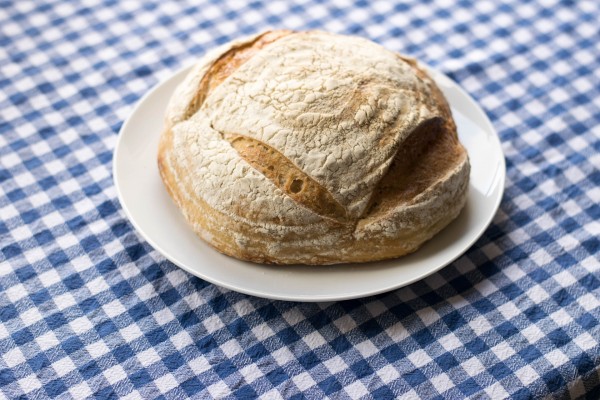
Sourdough bread is made from sourdough starter. To make a sourdough starter, you combine flour and water and let it sit on the counter for days (adding new flour and water (“feeding your starter”) at least daily).
In the process of fermentation, the bread becomes easier to digest. You might find that you tolerate good sourdough just fine, even if you’re sensitive to gluten. Note: consult a doctor if you suspect a gluten allergy (Celiac’s disease).
Have you ever wondered where the tang in sourdough bread comes from? It’s from the fermentation! If you’re buying sourdough bread in the store, make sure you check the ingredients. There’s plenty of sourdough bread filled with all sorts of processed ingredients in the stores. Look for the bread with the fewest ingredients.
Here’s a recipe for sourdough bread. Grab a starter kit here OR buy pre-made bread on Amazon. Here’s a gluten free sourdough bread.
Interested in learning how to make sourdough at home? DM me on Instagram and let me know!
Dangers of fermented foods?
When you’re fermenting anything, you should make sure you’re practicing good sanitation. Clean your tools before using, and make sure you have a resource that gives troubleshooting tips (like this fermentation starter book).
If done wrong, fermented foods can make you sick. But likely a bad ferment wouldn’t be appetizing anyway. It would look strange, smell funny, or look moldy. With your recipe or fermentation book in hand, you will learn how to spot red flags easily and know how to fix issues when they happen.
What do you think?
So what do you think? Are you incorporating fermented foods into your diet already? If not, what’s stopping you?
Fermented foods are ONE way to help your gut. Other ways include ensuring your body is flooded with nutrients every day. My family uses Juice Plus+ because it’s produce that’s picked fresh from the farm (at peak ripeness), is pulverized (not juiced), flash frozen, and then dried at low heat to preserve the enzymes. I’d love to help your family get started with Juice Plus+ here.
If you’re looking to get started fermenting vegetables or other food at home, I highly recommend Home Fermentation as a starter guide. It contains recipes for everything mentioned here (and so much more), as well as troubleshooting charts for each section.
Pin this for later!
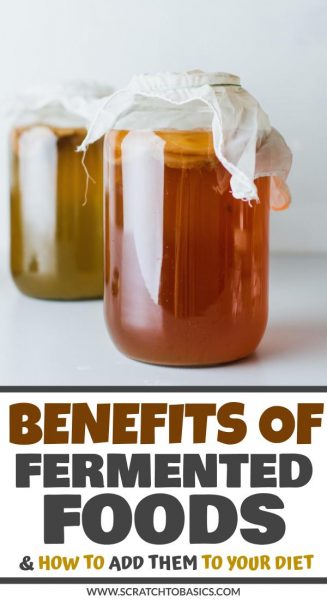



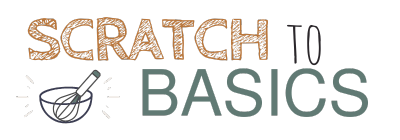

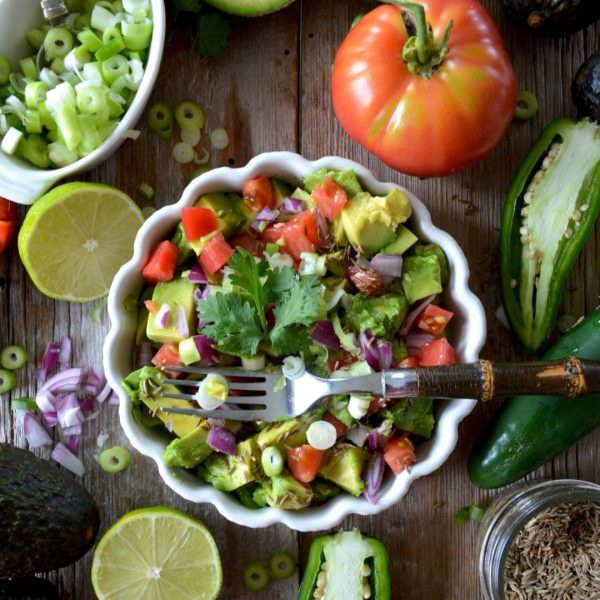
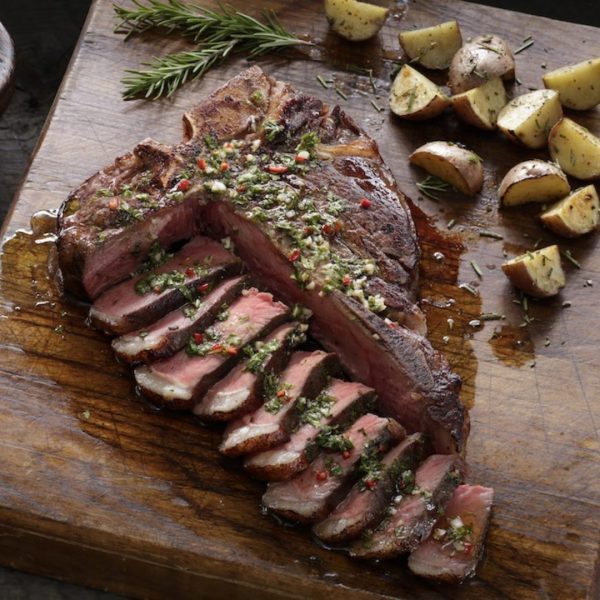
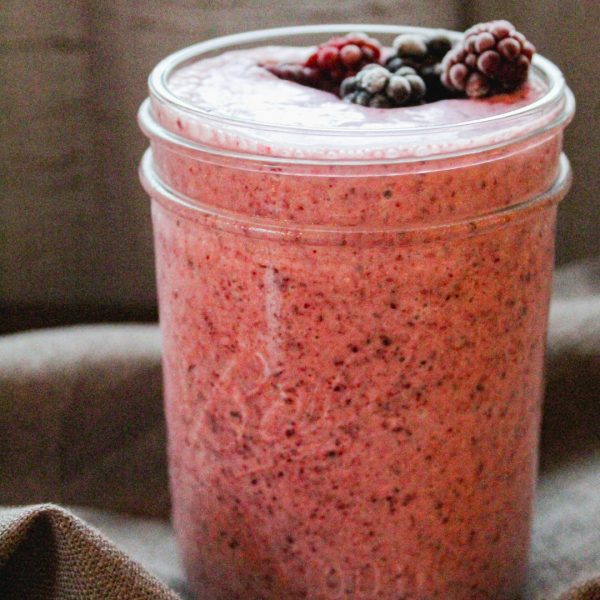


Thanks for the info. I’m BRAND new to the idea of fermenting. Looking for things I could make cheaply from home. I haven’t even made sour dough yet, but my husband loves to eat the store bought. But just to be clear, the sour dough bread doesn’t have live culture in it AFTER it’s cooked, right?
Lena,
Sauerkraut & other fermented vegetables are super easy to make (a lot easier than sourdough bread, in my opinion). So if you’re looking for a starting place, I’d start there. From everything I’ve learned, the live culture in sourdough is killed when the bread is baked. The live culture has already done its work in making the dough more digestible (and yummy). Thanks for stopping by!
I just started eating sour kraut everyday and I love it, but now I need a variety of fermented foods. Thank you for all the info. First step, buy a book on fermenting. My gut thanks you so much.
Desperate to sort out myself once and for all. I have read Food For Life which makes sense and given me hope but the accompanying programme is just too costly. This article has inspired me to give fermented foods a go. I have ordered a recipe book and am raring to go.